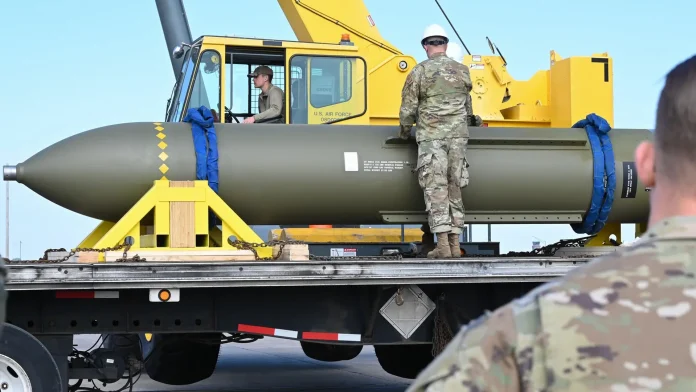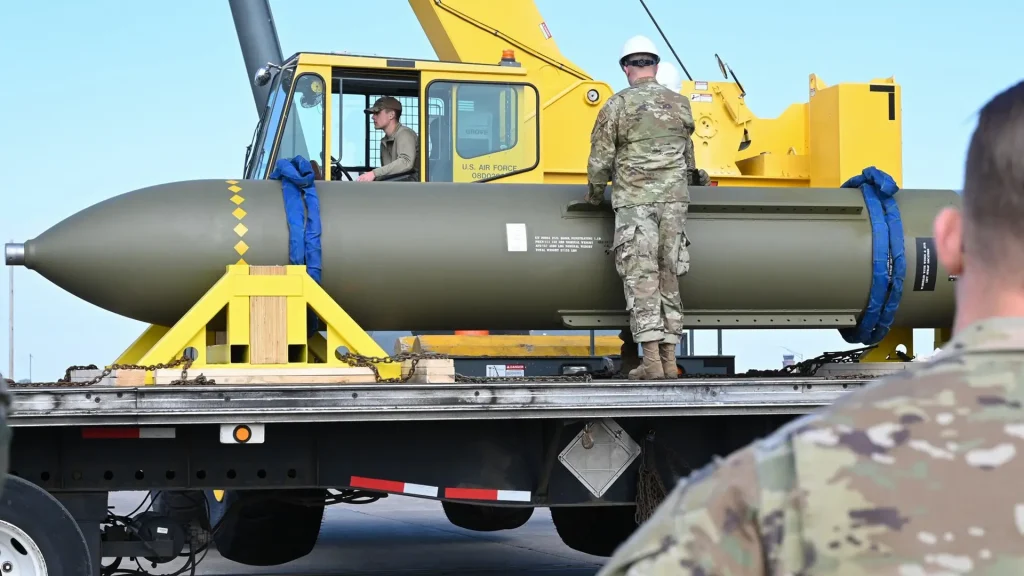
The Pentagon’s most recent deployment of ‘bunker busters’ against Iranian nuclear facilities has not only produced explosions under Iranian mountains but also a fierce controversy in Washington. While authorities are praising a perfect mission, a leaked intelligence report questioned the operation’s long-term success, and an FBI probe and acrimonious political battle have followed. For defense and security professionals, the incident provides a glimpse behind the scenes at the intersection of advanced military technology, intelligence collection, and politics of dangerous nonproliferation. This listicle dissects the technical, strategic, and political dimensions of the attacks and the ensuing leak, relying on evidence from experts’ analysis, satellite images, and US and global officials’ testimony. Seek a more subtle analysis of what was struck, what is left, and why the conflict over Iran’s nuclear future still lingers.

1. The Targets: Fordow, Natanz, and Isfahan Struck
It struck three pillars of Iran’s nuclear infrastructure: Fordow, Natanz, and Isfahan. Fordow, concealed under almost 300 feet of rock, has long been Iran’s most heavily fortified plant. The International Atomic Energy Agency reports that the site contains thousands of centrifuges and is capable of withstanding conventional war. Natanz, the main enrichment plant, and Isfahan, the main conversion plant for uranium, were also targeted. Additionally, Israeli and US air strikes were designed to put these plants out of commission to manufacture and process enriched uranium. Whereas Isfahan’s above-ground facilities were “completely destroyed,” Middlebury Institute’s Jeffrey Lewis reports, underground halls at Natanz and Fordow are contested with fervor.

2. Bunker Buster Arsenal: GBU-57 and Its Relatives
This was the GBU-57 Massive Ordnance Penetrator’s first combat application, a 30,000-pound deep penetrator intended to blast deep underground bunkers. As HowStuffWorks describes, these bombs rely on enormous kinetic energy and advanced guidance to strike targets inaccessible with conventional munitions. The GBU-28, a smaller but still powerful precursor, has been employed since the Gulf War and continues in US and Israeli armories. The use of the GBU-57 at Fordow, twelve bombs falling from B-2 Spirit bombers, represents a new precision strike capability. But even weapons of such sophistication can’t ensure complete destruction of facilities buried under layers of rock, as the Center for Strategic and International Studies suggests.

3. Measuring the Damage: Satellite Imagery and Intelligence Shortcomings
Battle damage assessment is notoriously hard, however, in this case. While satellite imagery indicated surface cratering and entrance tunnel collapse at Fordow and Natanz, the extent of damage to underground facilities remains a mystery. The Institute for Science and International Security documented the incidence of evidence of deliberate attacks on ventilation shafts and service buildings, intended to direct blast waves into centrifuge halls. But as IAEA Chief Rafael Grossi put it, “As far as how much has been damaged underground, on this we cannot speak ourselves. It may be significant; it may be important, but nobody neither us nor anybody else could be able to say to you how much it has been damaged.” There is always scope for alternative explanations without on-site inspection.
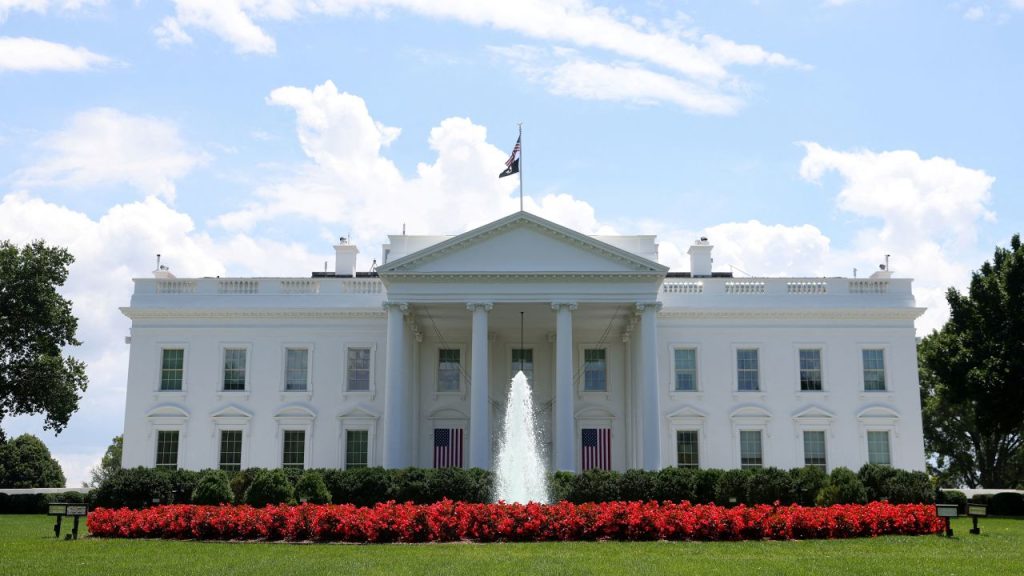
4. The Intelligence Leak: Political Motives and Investigations
The release of an early Defense Intelligence Agency report that estimated the strikes had merely set Iran back by months triggered a criminal FBI and Pentagon investigation. Defense Secretary Pete Hegseth blamed the media for “trying to spin it to make the president look bad when this was an overwhelming success.” The White House characterized the leaked report as “flat-out wrong and. leaked to CNN by an anonymous, low-level loser in the intelligence community.” The timing and manner of the leak have raised suspicions of political motive, with officials threatening prosecution. As one US official described it, “The president does not stand for leakers. That’s part of the reason this operation was so successful … nobody knew about it.”
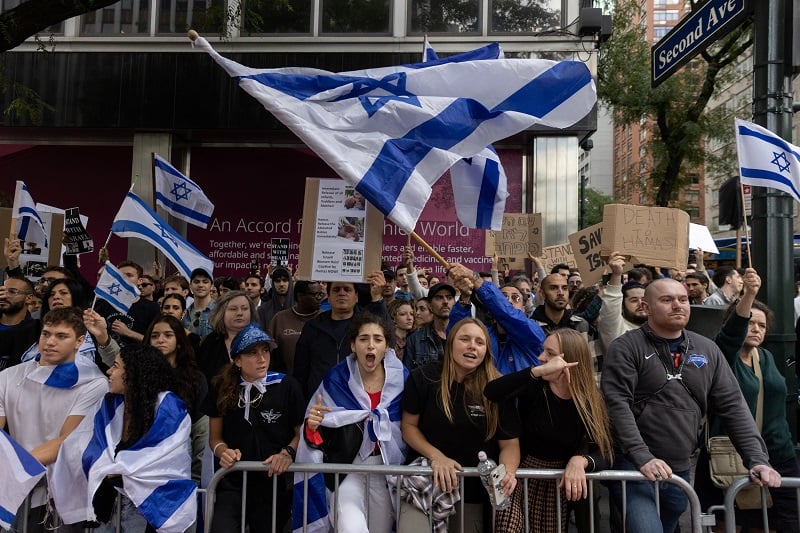
5. Competing Evaluations: US, Israeli, and Global
Whereas the US administration holds the airstrikes were an historic achievement, competing evaluations are more reserved. Israeli leaders estimated the slowdown of Iran’s nuclear program at a minimum of two years, but the CIA reported that “Iran’s Nuclear Program has been severely damaged by the recent, targeted strikes.” IAEA representative Rafael Grossi characterized the delay as “significant.” The first DIA report, which was “low confidence,” and independent analysts’ remarks indicate some centrifuges and uranium reserves might have weathered, particularly those in Isfahan tunnels. The estimate conflict is intended to highlight the difficulty of drawing absolute conclusions under conditions of incomplete knowledge.

6. Iranian Response: Concealment, Recovery, and Game-Framing Diplomacy
Iranian authorities attested to “serious damage” at Fordow, Isfahan, and Natanz, but claimed that sensitive equipment had been taken out in advance. Satellite imagery revealed heightened truck traffic at Fordow prior to the strike, lending credence to suspicion that enriched uranium and key equipment had been relocated. As security expert Behnam Ben Taleblu penned, “Repair, reconstitute and rebuild is going to be the modus operandi of the Islamic Republic of Iran.” Tehran has also pulled back from cooperation with the IAEA, using access as a bargaining tool.

7. The Limitations of Military Power: Technical and Strategic Challenges
Notwithstanding the past employment of bunker busters, the attacks serve to underscore the long-standing challenge of blowing up deeply buried nuclear facilities. Fordow geology, with hard rock formations, could potentially have soaked up even the most energetic blasts. As commentators reported, “the depth of technical knowledge gained over the decades-long programme is impossible to destroy.” The attacks might have gained time, but Iran’s capability to reconstruct, using surviving skills and potentially secret facilities, remains a thorn in the side.
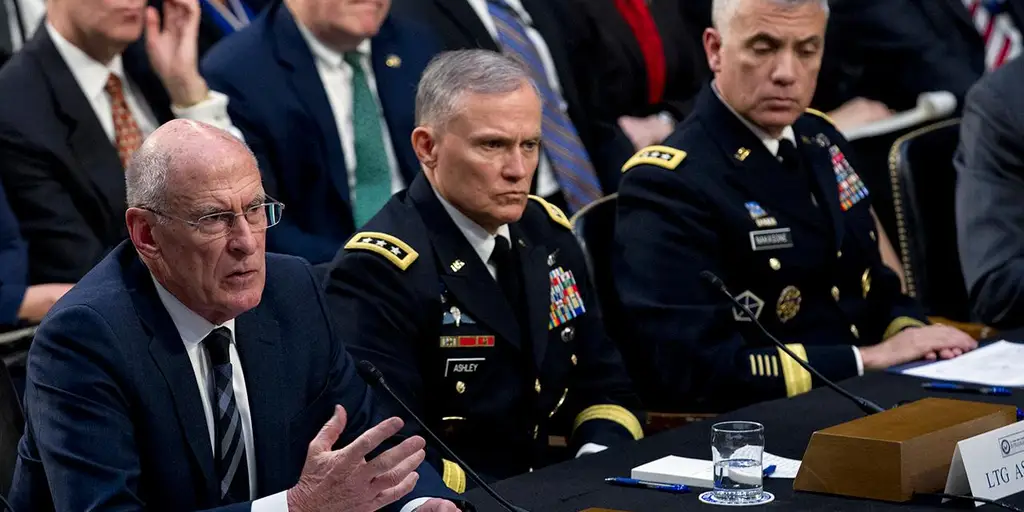
8. Intelligence, Politics, and the Battle for Narrative Control
The incident has laid bare the adversarial relationship between the policymakers and the intelligence community. There has been a war of political footballs over claims about the effect of the strikes, with each accusing the other of hyperbole. As one writer, Joshua Rovner, described, “Relations between policymakers and their intelligence advisers are often contentious, and U.S. presidents have a long history of clashing with spy chiefs.” That the controversy was public, fueled by quick declassification and news reporting, harms intelligence credibility and well-informed policy discourse.

9. What’s Next: Negotiation, Sabotage, or Escalation?
Iran’s nuclear program was set back but not eliminated, and the way ahead is unclear. Others believe that only a strong diplomatic deal, supported by intrusive monitors, will give long-term assurances. Others refer to the record of Israeli sabotage as a lower-risk way to slow Iran’s advance. The danger of further military escalation remains, particularly if Iran attempts to reconstitute on schedule or in the event previously unidentified facilities come to light. Heather Williams of CSIS observes that “most options for dismantling Fordow have a tradeoff between nonproliferation benefits and risks of escalation.” The US airstrikes against Iran’s nuclear sites and the resulting leak of intelligence have uncovered the technical, strategic, and political subtleties of contemporary nonproliferation.
While the action highlighted the extent of American precision firepower, it also put into bold relief the limits of military action and the ever-present troubles of intelligence analysis. Afterwards, the ultimate test will be whether or not diplomacy can catch the window opened up by the strikes and if so, how instead of whether the game of hide and seek, recovery, and confrontation is simply going to start all over again.
